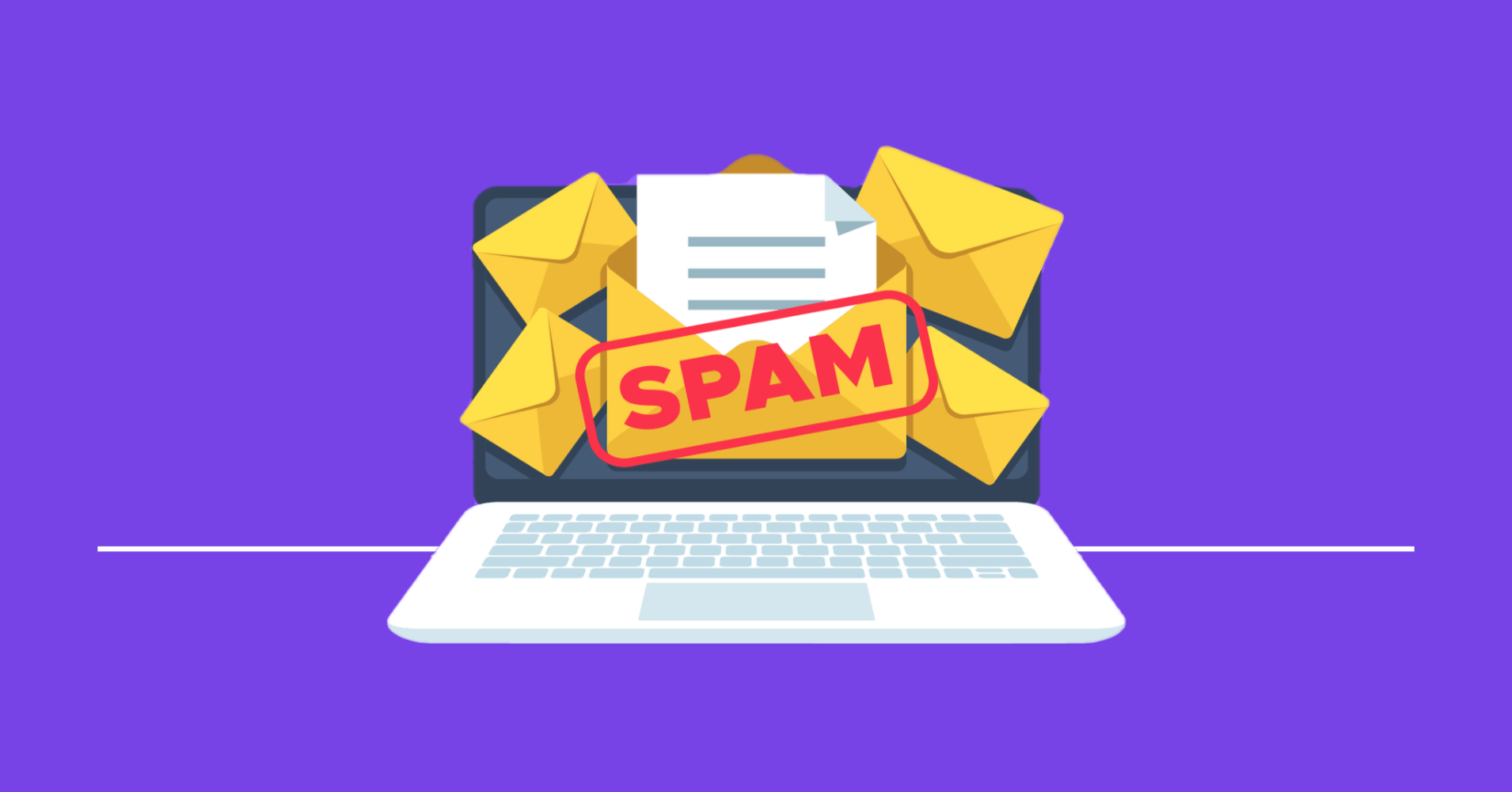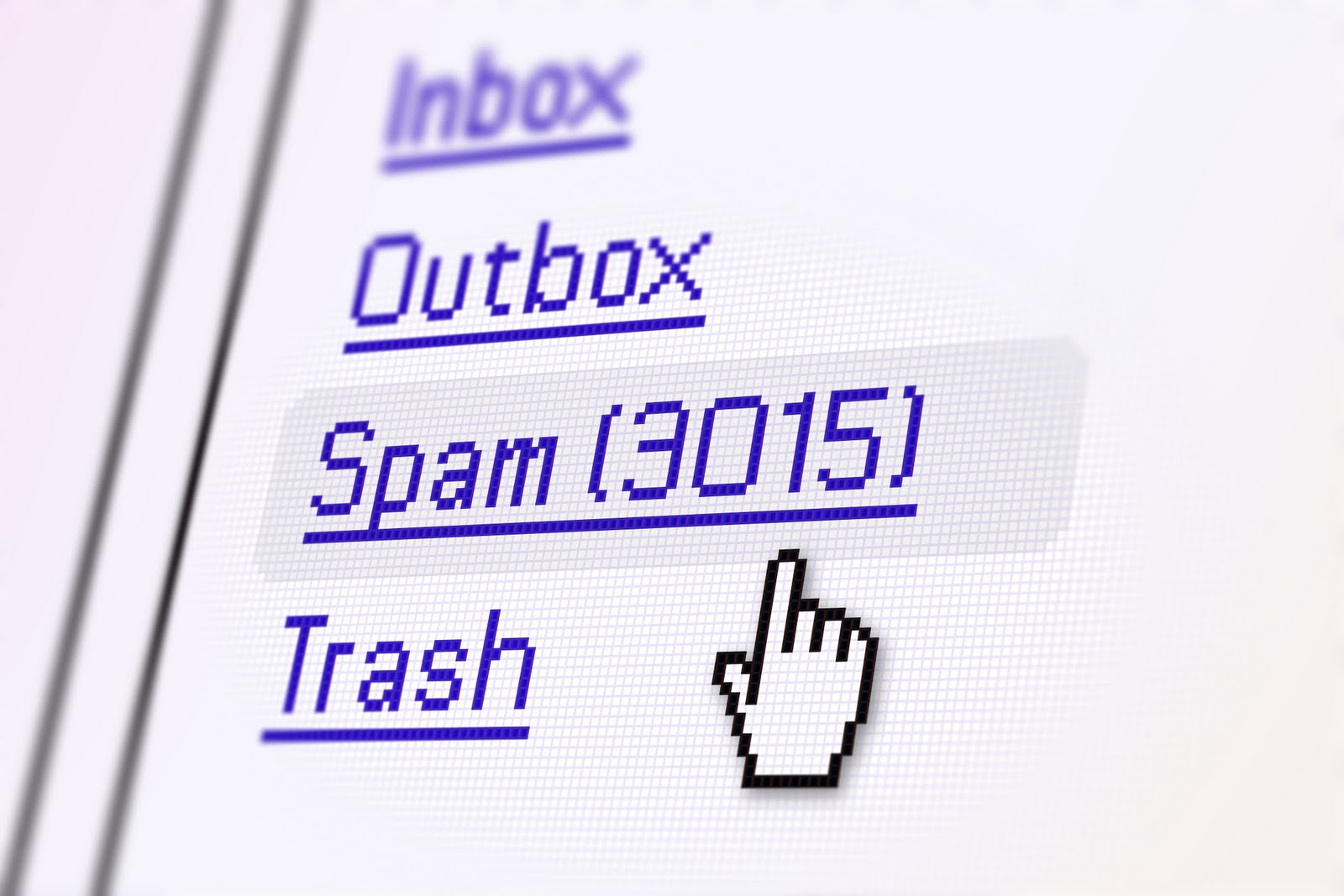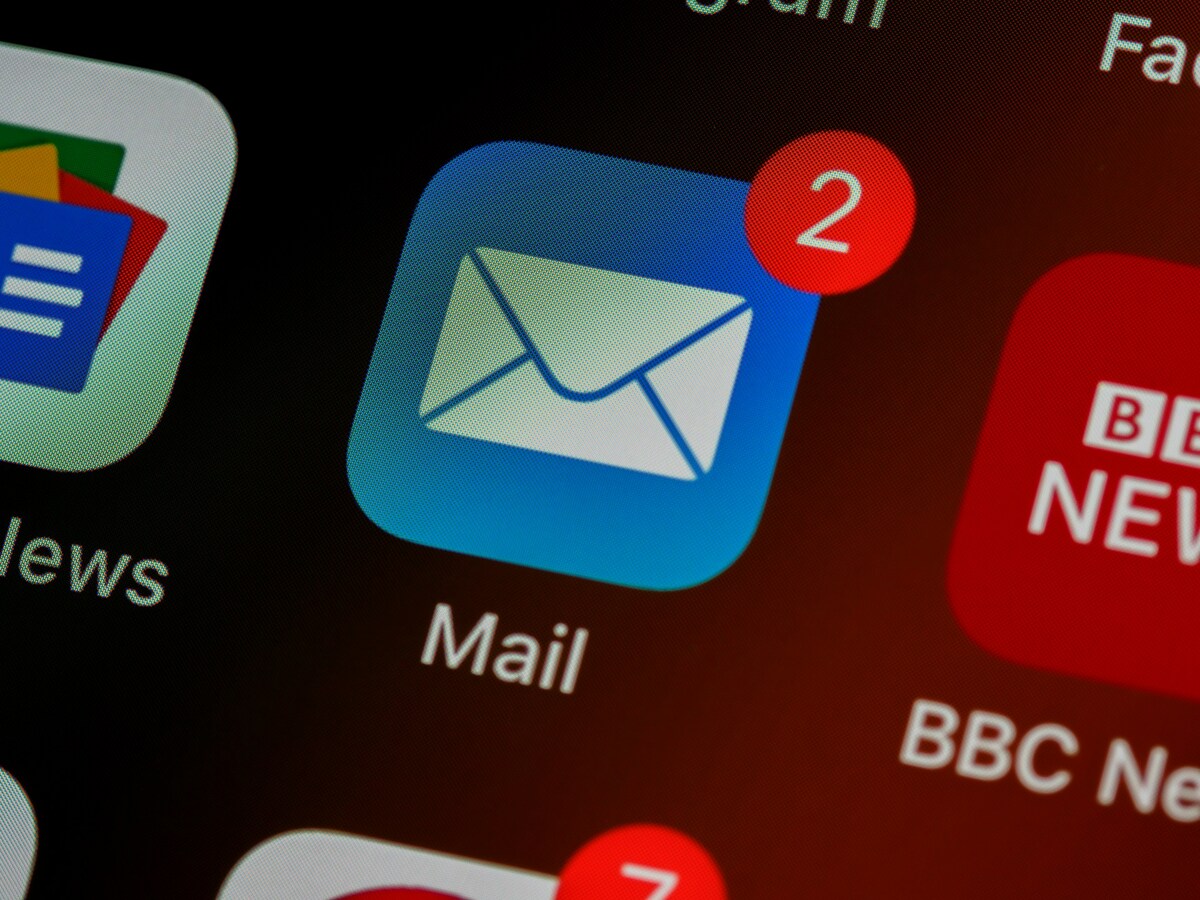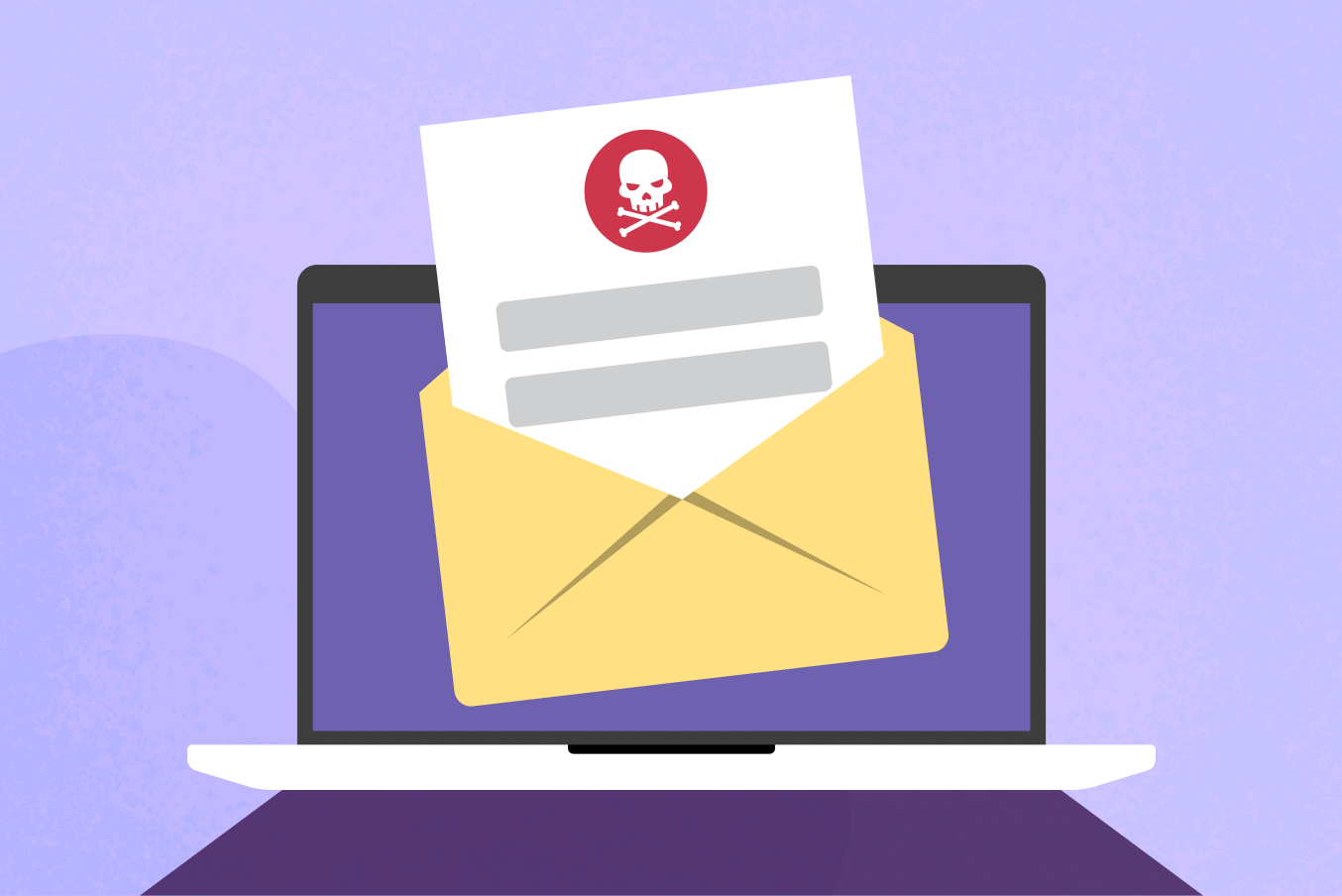Imagine that a business has put in a lot of effort and time to develop a detailed plan and implement an Email Marketing campaign, but every carefully crafted word ends up in the recipient’s spam folder. That is definitely a frustrating experience, but the worse thing is that the target audience may never know that the business sent the email because hardly anyone checks their spam folder. So how do you prevent emails from going to spam?
Why do the emails you send to customers end up in spam?
Spam – Emails that often contain advertisements sent indiscriminately to countless recipients, accompanied by poor quality.
Although this term is very familiar to us, not everyone knows why it is called Spam. In fact, SPAM is an abbreviation for the English phrase Stupid – Pointless – Annoying – Messages, which translates to Vietnamese as letters containing stupid, meaningless, and annoying content.
This term is used to refer to emails that are sent in bulk to many people without the recipients’ consent, and the senders of these emails are individuals or organizations of unclear origin, with the content of these emails mainly being advertisements.
Emails sent that end up in the recipient’s Spam/Junk-Email are evaluated as untrustworthy by the spam filter of the mail server based on a scoring system configured in each type of Mail Server, or it may also be due to the recipient reporting and marking them as spam.

Being marked as spam will cause your email to fall into the spam folder, thereby reducing the open rate specifically and the effectiveness of the entire email marketing campaign in general.
How spam filters work in email?
Email filters are programmed with many criteria to assess whether an email is spam or not, for example spam-like phrases such as “CLICK HERE” or “FREE! BUY NOW!”. Each criterion corresponds to a score. The total score that meets the criteria of an email will yield a spam score.
The spam filter will check for spam based on factors in an incoming email such as header, body, subject, reverse dns, URL Blacklist, keyword, and more. If your spam score exceeds the allowed threshold, you will end up in the junk mail.
6 Reasons Why Your Emails End Up in the Spam Folder
Sending emails without permission
A business cannot resolve the issue of how to prevent emails from going to the spam folder if it continues to send them without consent. A business needs to have clear permission, meaning that individuals have signed up to receive information via email.
This means that it is difficult to send emails to people who provided information not for the purpose of learning about products/services because they did not explicitly allow this.
Using Misleading Subject Lines
Creating an impressive subject line to attract attention and encourage subscribers to open the email. However, a misleading subject is one of the reasons marketing emails get sent to spam.
There are many messages that consumers see every day; marketers must create their own playing field. Crafting attractive subject lines is essential, but some businesses have gone too far.
For example: A business is offering a vacation deal, but your email subject says: “30% Off. Buy Now!” It does not clearly represent the brand information and may be reported as spam.

Suspicious or Incorrect Sender Information
The “From” section of the email informs the recipient of who sent the letter. If the sender’s information from the business contains random characters or an undefined string of numbers, that email looks unprofessional and suspicious.
No customer wants to read a letter from an unknown sender, and if they report it as spam, the business should not be too surprised.
Unreliable Email Domain
The domain of the business significantly affects the success of sending emails. Think of it as an email credit score with a publicly shared list among email service providers (ESPs).Too many people marking your emails as spam will affect your domain authority. Emails from bad domains will bypass the recipient’s inbox and go straight to the spam folder.
Using words or symbols that feel like spam
Spam filters scour incoming emails for words that spammers typically use: free 50%, no cost, bonus, easy money, buy now, offers ending soon,… Overly “salesy” language, an excess of exclamation points (!!!!!!), and even the abuse of UPPERCASE or bold text can trigger spam filters.
Emails linked to shady websites can cause confusion
Using bad links in emails can get businesses into trouble. Email scams and phishing attacks often link to websites infected with malware, which is why spam filters are always on the lookout for shady links. The spam filters integrated into popular ESPs help search for misleading links that display one URL but lead to an undetermined destination and flag them as spam.

Sending too many attachments
Attachments are a major red flag for spam filters, especially if businesses add too many. Emails with too many attachments are unlikely to reach the recipient’s inbox.
4. Steps to check before sending emails to avoid landing in spam
Step 1: Check the email content
You need to review the email content, as well as the statistics on the open rates of recent emails (from 3-5 emails). This helps you control whether these contents overlap or not. Are the trends of recipients opening the emails increasing or decreasing so you can make appropriate adjustments for upcoming campaigns?
Step 2: Create a list and send to test recipients
For businesses, before sending any email to a large recipient list, it is crucial to send a test to a specific list. This allows us to see the email’s layout with the recipient’s position and check for any errors or mistakes to promptly correct them. Sending to this list allows you to check whether the email is delivered to the inbox or spam. This reveals the percentage of emails landing in the inbox or spam.
Step 3: Check the results
After sending to the test list, aside from layout display errors, you need to check whether the email landed in the spam folder. If not, you can confidently send it to the official recipient list. However, if your email is marked as spam, you need to review the email, as well as investigate the reasons and remedies mentioned above.

Limiting the occurrence of emails landing in the Spam folder is very important, helping your information reach the recipient and thus improving the effectiveness of your email marketing campaign. I hope you have gained useful information to send emails more effectively.







